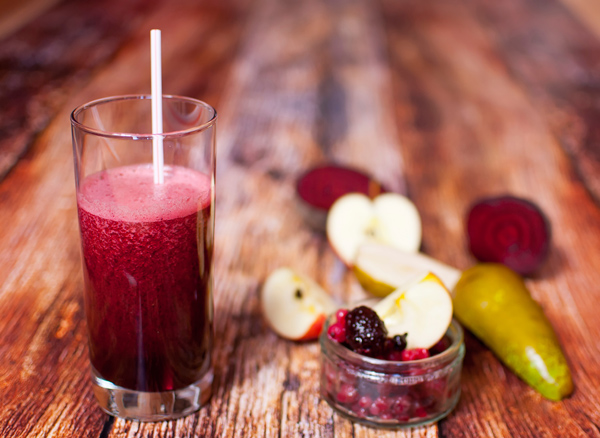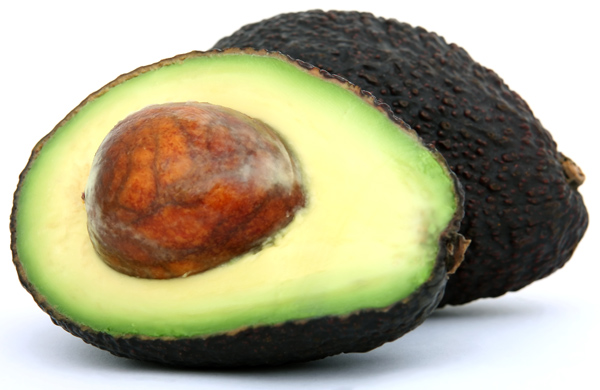What is Ayurveda? According to Deepak Chopra, M.D., “thousands of years before modern medicine provided scientific evidence for the mind-body […]
All posts tagged: ayurveda
Avocado & Coconut Milk Ice Cream
Servings: 4 Prep Time: 120 minutes Ingredients: 2 cups avocado 2 cups coconut milk 1/2 cup raw sugar Preparation: Begin with placing […]
Kale Lemonade with Ginger & Apple
When spring weather feels heavy and humid like the tropics, this refreshing juice can help you stay clear-headed and light. […]
Cumin, Coriander and Fennel Tea
About This Tea Drink Cumin, Coriander and Fennel Tea when the daffodils start to bloom – a sure sign that […]
Categories
- Age Spots
- Aging
- Alpha-Lipoic Acid
- Alzheimer's
- Anti-Depressants
- Anxiety
- Appreciating Healthy Food
- Articles/Excerpts
- Artificial Sweeteners
- Attachment
- Ayurveda
- Ayurvedic Teas
- Birth Control
- Bladder Infections
- Blueberries
- Books
- Breakfasts
- Breathing
- Brussels Sprouts
- Buddhism
- Caffeine
- Caregiving
- Coffee
- Consciousness
- CoQ10
- Creative
- Creativity
- Death
- Depression
- Detox
- Detoxify
- Diets
- Digestive Issues
- Eating Raw
- Emotions
- Entrepreneurship
- Essential Oils
- Events
- Fear
- Folate
- Fruit
- GAPS Diet
- General
- Genetics
- Glycemic Index
- Grains
- Health
- Herbs
- Hiking
- Hmong Recipes
- Home Remedies
- Identity
- Infections
- Insights
- Intuition
- Juicing
- Lifestyle
- Love
- Love
- Low-Carb
- Low-Carb Cookin'
- Magnesium
- Mediterranean Diet
- Mental Health
- Metabolism
- Mindfulness and Meditation
- Obesity
- Omega-3 Fatty Acids
- Out of Body Experiences
- Parents
- Phoenix Europa
- Physical Fitness
- Phytonutrients
- Poetry
- Probiotics
- Products I Recommend
- Protein Powders
- Protein Powders
- Q&A
- Quinoa
- Quotes
- Recipes
- Recipes
- Reflections
- Relationships
- Salads
- Seeds
- Self-Improvement
- Side Dishes
- Skin Care
- Slider
- Smoothies
- Social
- Soups
- Spirituality
- Supplements
- T-Shirts
- Tech
- Teenage Years
- Teeth
- The Paleo Diet
- Thoughts and Reflection
- Toothpastes
- Travel
- Twin Flames
- Ubiquinol
- Uncategorized
- Under 20 mins
- Using a Pressure Cooker
- Vegetables
- Vitamin E
- Vitamins
- Wisdom
- Women
- World
- Writing
Tags
anti-depressants
anxiety
awareness
ayurveda
clarity
consciousness
contemplation
dan millman
depression
diet
Diets
digestion
ego
energy
fear
Fruit
gastroparesis
health
healthy
herbs
home remedies
IBS
Internet
kale
letting go
lifestyle
Love
Marketing
meditation
mental health
mind
mindfulness
nutrition
path
probiotics
prozac
quinoa
quotes
Recipes
self-awareness
self-improvement
soups
spirituality
Supplements
under 20 mins



